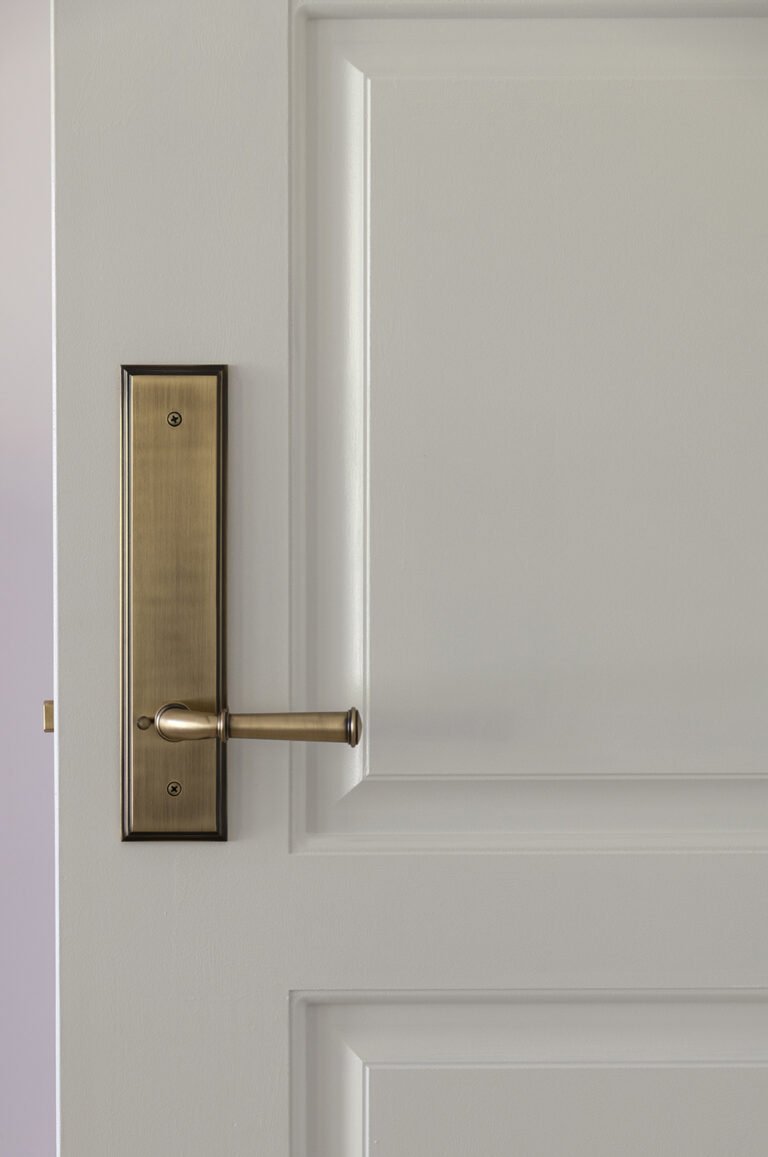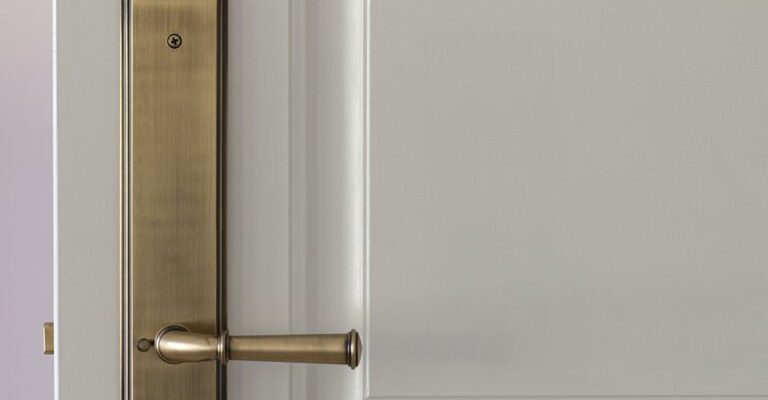
Historical interior doors often come with unique details, dimensions, and finishes, making hardware selection essential. Whether you’re restoring a Victorian home or updating a mid-century classic, understanding the right hardware choices can enhance the overall aesthetic and functionality of your space. Let’s explore how to navigate this process together.
Understanding Historical Door Styles
To start, it’s crucial to grasp the different styles of historical doors. Each era comes with its own characteristics, and recognizing these can help you make informed choices about hardware.
For instance, Victorian doors often feature intricate carvings and ornate designs, typically made of heavy wood. The hardware should reflect this elegance, perhaps with brass handles or decorative hinges. In contrast, mid-century modern doors tend to be simpler and more minimalistic. Here, sleek metal hardware or even wooden knobs can provide the right touch.
Identifying your door’s style sets the stage for selecting compatible hardware. You might be wondering if it’s tricky to find matching pieces. Fortunately, many specialized manufacturers create hardware that honors historical designs, so you’ll have plenty of options.
Choosing the Right Material for Hardware
Next up is the material of the hardware, which can greatly influence both aesthetics and longevity. Popular choices include brass, bronze, and stainless steel. Each material offers a different look and feel.
– Brass has a warm, rich tone that complements many traditional doors. It ages beautifully, developing a patina that adds character.
– Bronze is another excellent choice, often associated with high-end historical restoration projects. Its durability and natural resistance to corrosion make it ideal for door knobs and plates.
– Stainless steel, on the other hand, provides a modern touch and is perfect for mid-century styles. It’s resistant to rust and easy to maintain.
When selecting hardware, consider how the material will age over time. For historical doors, opting for materials that reflect the original era can enhance the home’s authenticity while ensuring your hardware will endure daily use.
Matching Hardware Style to Door Design
Hardware style extends beyond material; it also includes shape and design. The right hardware should harmonize with the door’s design elements, allowing them to complement rather than compete with one another.
For instance, curved door handles may work well with an arched door style, while rectangular backplates could pair nicely with more linear designs. If your door boasts intricate carvings, don’t overshadow them with overly ornate hardware. Instead, opt for more understated pieces that allow the door’s craftsmanship to shine.
Let’s not forget about finishes, too! A satin finish might work better for some styles, while a polished finish can add a touch of luxury to others. Consider testing a few options to see how they look against your door before making a final decision.
Size Matters: Ensuring Proper Fit
When it comes to hardware, size is crucial. You want to ensure that the knobs, levers, and plates fit well without overwhelming the door. Imagine trying to put a giant coat on a child; it just doesn’t fit!
Measure the door’s thickness and the spacing for things like hinges and knobs. Historical doors may have unique dimensions, so a standard piece might not cut it. If you’re unsure what will fit best, consult a professional.
Additionally, the weight of the hardware matters. Heavier doors often need sturdier hardware to ensure durability and safety. So, don’t skimp here—investing in quality pieces can save you headaches later.
Functional Considerations for Hardware
Functionality is just as important as aesthetics. Think about how the door will be used. Will it see heavy traffic, or is it more for decorative purposes?
For doors that are frequently used, consider hardware that offers good durability and ease of use. Lever handles can be more accessible than knobs, especially for everyone in the household. If security is a concern with historical doors, consider modern lock mechanisms that can be discreetly fitted.
Here’s the thing: you should select hardware that balances both form and function. If a door is beautiful but impractical, it might not serve your needs well.
Exploring Restoration Hardware Options
If you’re looking to preserve the original integrity of your historical doors, consider restoring existing hardware instead of replacing it. Many companies specialize in restoring old hardware, bringing back its original shine and function.
Restoration can be a rewarding process. It not only keeps the door’s historical context intact but can also save you money. If your hardware pieces are still functional, a little polishing and a fresh coat of paint can work wonders.
If restoration isn’t an option, many manufacturers produce replicas of historical hardware. These pieces are designed to match the original sizes and styles while being made from durable materials, ensuring longevity in your home.
Where to Buy Historical Door Hardware
Now that you understand the types of hardware available and how to choose them, where can you find the best options?
– Specialty Hardware Stores are likely the best places to start. They often offer a wide selection of historical reproductions and can provide expertise on matching styles.
– Online Retailers like Rejuvenation or House of Antique Hardware offer extensive catalogs with filter options, making it easy to find what you need.
– Local Antique Shops can also be treasure troves for unique finds. You might discover one-of-a-kind pieces that perfectly fit your historical door.
Before making any purchases, check reviews and potentially consult with a professional to ensure you’re making the right choice. Remember, buying hardware isn’t just about aesthetics; it’s an investment in your home’s history.
Choosing hardware for historical interior doors is more than just a functional task; it’s about telling a story — your home’s story. Each selection you make can enhance the beauty and authenticity of your space. By understanding the door’s style, selecting the right materials, and ensuring a proper fit, you can beautifully blend history with modern convenience.
So, take your time, explore your options, and choose hardware that not only fits your door but also resonates with the history it represents. After all, good design is about honoring the past while looking forward to the future. Happy decorating!
